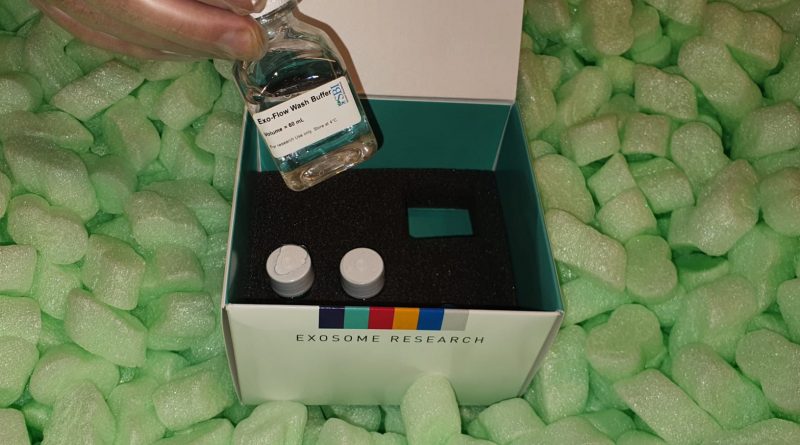A Phytogeographic Divide Along the 500 mm Isohyet in the Qinghai-Tibet Plateau: Insights From the Phylogeographic Evidence of Chinese Alliums (Amaryllidaceae).
The Qinghai-Tibet Plateau (QTP) has been biogeographically divided into the japanese monsoonal and the western continental climatic zones alongside the 500 mm isohyet. However, this biogeographic speculation has been hardly ever examined utilizing a phylogeographic method. The members of the genus Allium subgenus Cyathophora coincidentally distribute throughout this biogeographical divide. Intriguingly, Allium fasciculatum of subgenus Amerallium co-occurs in the distribution vary of subgenus Cyathophora.
To illuminate the function of this biogeographic divide on the genetic divergence, we genotyped 466 people of 52 populations of subgenus Cyathophora and 110 people of 19 populations of A. fasciculatum utilizing three chloroplast DNA fragments, entire nrITS and 9 nuclear microsatellite loci, supplemented with the current environmental house and paleo-distribution modeling. Our phylogeographical proof recovered the concordant east-west genetic breaks each for subgenus Cyathophora and A. fasciculatum alongside the 500 mm isohyet. The divergence time estimations and environmental area of interest differentiations steered this east-west genetic breaks might have been triggered by the climatic-induced vicariance throughout the early Pleistocene.
Noticeably, this cut up inside subgenus Cyathophora might have been deepened by the morphological vicariance from the japanese umbel to the western spicate, whereas that inside A. fasciculatum might have been obscured as a result of the pollen flows from the east to west attributable to the postglacial enlargement. The genetic buildings and ecological area of interest modelings (ENMs) recovered the distinct responses to the Quaternary climatic oscillations for species constricted to totally different climatic zones, additional highlighting the profound impact of the climatic variations and tectonic uplifts on the genetic diversification. Overall, our findings provide sturdy proof for the existence of a biogeographic divide between the japanese monsoonal and the west continental climatic zones of the QTP practically alongside the 500 mm isohyet.
Molecular evaluation of an historic Thule inhabitants at Nuvuk, Point Barrow, Alaska.
The North American archaeological file helps a Holocene origin of Arctic Indigenous peoples. Although the Paleo-Inuit have been current for millennia, archaeological and genetic research counsel that fashionable peoples descend from a second, more moderen custom often known as the Neo-Inuit. Origins of the Neo-Inuit and their relations to the earlier and later Indigenous peoples are an space of energetic examine. Here, we genetically analyze the maternal lineages current at Nuvuk, as soon as the northernmost neighborhood in Alaska and situated in a area recognized as a doable origin level of the Neo-Inuit Thule. The cemetery at Nuvuk incorporates human stays representing an almost one thousand 12 months uninterrupted occupation from early Thule to post-contact Iñupiat.We chosen 44 people from Nuvuk with calibrated dates between 981 AD and 1885 AD for molecular evaluation.
We amplified and sequenced the hypervariable section I of the mitogenome. We in contrast the Nuvuk knowledge with beforehand printed sequences from 68 fashionable and historic communities from throughout Asia and North America. Phylogeographic analyses counsel doable eventualities of Holocene Arctic and sub-Arctic inhabitants actions.We efficiently retrieved sequence knowledge from 39 people. Haplogroup frequencies in Nuvuk have been typed as 66.7% A2b1, 25.6% A2a, and seven.7% D4b1a2a1a. These outcomes counsel that the inhabitants at Nuvuk was closest to the historic Thule and fashionable Inuit of Canada, and to the Siberian Naukan folks.
We verify that haplogroups A2a, A2b1, D2a, and D4b1a2a1a seem at excessive frequency in Arctic and sub-Arctic populations of North America and Chukotka. Sister clades D2b and D4b1a2a1b are current in Asian and Eastern European populations.The historic mitochondrial sequences from Nuvuk verify the hyperlink between the North Slope and the Thule who later unfold east, and the maternal discontinuity between the Neo-Inuit and Paleo-Inuit. We counsel haplogroups A2a, A2b, and D4b1a2a1a are linked to the ancestors of the Thule in japanese Beringia, whereas the D2 and D4b1a2a1 clades seem to have Asian Holocene origins. Further Siberian and Alaskan genomes are essential to make clear these inhabitants migrations past a easy two-wave situation of Neo-Inuit and Paleo-Inuit.

Dating outdated hole timber by making use of a multistep tree-ring and radiocarbon process to trunk and uncovered roots.
In the course of of relationship the oldest timber, which are sometimes hole, we developed a brand new technique that mixes tree-ring cross relationship and wiggle matching radiocarbon strategies on wooden samples extracted from the stem and from uncovered roots. The technique may be illustrated by the following steps: •crossdated tree-ring sequence from trunk cores reveal a multi-century tree age, and the hole part is giant sufficient to include a number of extra years (a long time to centuries)•uncovered roots may be cored for buying wooden samples older than the stem cores and for building of a floating root common tree-ring sequence
if synchronization between stem and uncovered roots is unclear, proceed up to now the root wooden samples by radiocarbon wiggle matching; match root and stem tree-ring sequence inside the radiocarbon-dated interval to extra precisely date the tree. This new multistep relationship technique allowed for refining the age estimation of the oldest Pinus heldreichii tree in Pollino National Park by 166 years, to 789 CE. This tree, which we named Italus, was 1229 years outdated in 2017, making it the oldest, scientifically dated, dwelling tree in Europe. Any examine that depends on tree age willpower for paleo-reconstructions, for organic and genetic analysis on what controls longevity, or for understanding structural dynamics and succession in old-growth forests, would probably profit from the multistep relationship technique we examined.

